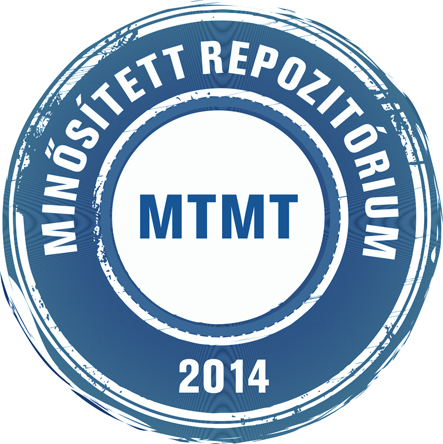Kovács, Gyula (2023) A 2020. novemberi vízimadár-felmérés eredményei a Balatonon és a környező vizesélőhelyeken. MAGYAR VÍZIVAD KÖZLEMÉNYEK (37). pp. 277-282. ISSN 1416-1389
|
Szöveg
magyar-vizivad-kozlemenyek-2023-37-277-282.pdf Download (673kB) |
Absztrakt (kivonat)
Results of the November 2020 waterbird census at Lake Balaton and its surrounding wetlands. Waterbird census was carried out on 58 survey plots around Lake Balaton and its surrounding wetlands on 14th November 2020, like in previous years (KOVÁCS, 2008a, 2008b, 2008c, 2013a, 2013b, 2013c, 2013d, 2015; KOVÁCS & HAJDU, 2015a, 2015b; KOVÁCS & BRUCKNER 2022a, 2022b, 2022c) by BirdLife Hungary South-Balaton Local Group. A total of 41 waterbird species from 9 orders and 10 families were observed (Table 1.). The highest number (>4200 ind.) was counted at Csopak, the highest species richness was found at Fonyód. We counted more than 1000 individuals in further 11 plots (Table 2, Map 1.), while species richness was exceeded 10 in 15 survey plots (Map 2.). On the fishponds and marshes, the dominant (D>5%) species were the Greylag Goose, the Greater White-fronted Goose, the Black-headed Gull, the Yellow-legged/Caspian Gull and the Great Cormorant; on Lake Balaton the Eurasian Coot, the Mallard, the Common Pochard, the Tufted Duck, the Greylag Goose, the Black-headed Gull, and the Great Cormorant. The highest abundance of Eurasian Coots (>9500 ind.) was observed, but also Greylag Geese (>4000 ind.), Mallards (>3800 ind.), Common Pochards (>2600 ind.), Black-headed Gulls (>2500 ind.), Tufted Ducks (>2200 ind.) and Great Cormorants (~2000 ind.) were also significant throughout the survey area. Another remarkable record was the occurrence of the Great Crested Grebe over 1200 individuals. Interesting faunistic result was the occurrence of the Northern Pintail (3 ind. in Balatonszárszó-berek), the Greater Scaup (4-1 ind. at Balatonberény, Balatonakali), the Long-tailed Duck (1-3 ind. at Balatonmáriafürdő, Siófok), the Common Scoter (1-6 ind. at Balatonberény, Balatonmáriafürdő), the Velvet Scoter (1 ind. at Balatonakali), the Red-breasted Merganser (1-4-3 ind. at Bélatelep, Fonyód, Balatonfűzfő), the Common Merganser (7-1-1 ind. at Szántód, Tihany hajóállomás and Tihany rév), the Red-throated Loon (2 ind. at Balatonfűzfő), the Black-throated Loon (1-10-1-3-1-1-2-1-2-1-1-1-2 ind. at Fonyódliget, Zamárdi, Siófok, Balatonakarattya, Balatonkenese, strand, Balatonkenese-Balatonfűzfő között, Balatonalmádi, Alsóörs, Balatonfüred, Tihany hajóállomás, Örvényes, Balatonakali, Fenékpuszta), the Red-necked Grebe (1-1-2-1 ind. at Balatonfenyves, Fonyód, Szántód, Fövenyes), Horned Grebe (6-2-1 ind. at Balatonberény, Bélatelep, Sajkod), the Black-necked Grebe (2-2-2-3-2 ind. at Fonyód, Balatonlelle-felső, Balatonföldvár, Tihany rév, Zánka).
Tudományterület / tudományág
agrártudományok > erdészeti és vadgazdálkodási tudományok
természettudományok > biológiai tudományok
természettudományok > környezettudományok
Kar
Nem releváns
Intézmény
Soproni Egyetem
| Mű tipusa: | Cikk |
|---|---|
| SWORD Depositor: | Teszt Sword |
| Felhasználó: | Csaba Horváth |
| A mű MTMT azonosítója: | MTMT:35138206 |
| Dátum: | 19 Júl 2024 11:46 |
| Utolsó módosítás: | 19 Júl 2024 11:46 |
| URI: | http://publicatio.uni-sopron.hu/id/eprint/3237 |
Actions (login required)
 |
Tétel nézet |


 Repozitóriumi letöltési statisztika
Repozitóriumi letöltési statisztika Repozitóriumi letöltési statisztika
Repozitóriumi letöltési statisztika
